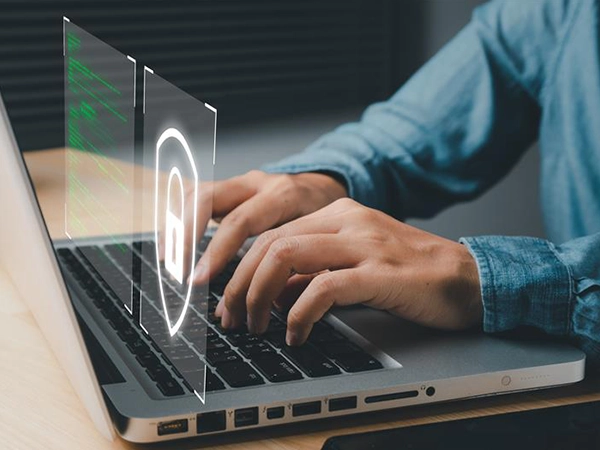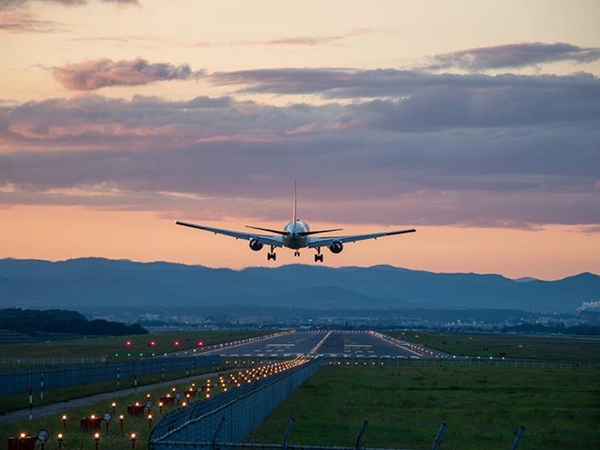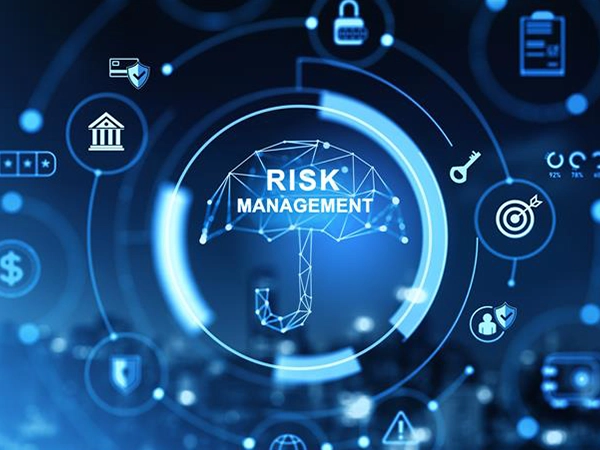The Indian aviation sector is currently on an unprecedented upward trajectory. With new airports, expanding fleets, and soaring passenger numbers, the sky truly seems to be the limit. However, amidst this rapid growth, a critical challenge looms large: cybersecurity. While advanced technologies and rigorous audits form crucial defenses, the human element often remains the most significant vulnerability. To truly safeguard our skies and ensure sustained growth, building a pervasive culture of cybersecurity compliance within every Indian aviation organization is not merely a good idea; it is an absolute strategic imperative.
In an industry where even the smallest oversight can have catastrophic consequences, every individual plays a vital role in the cybersecurity chain. From the ground crew and maintenance engineers to pilots, cabin crew, ticketing agents, and air traffic controllers – a single click on a phishing email, the casual use of an unsecure USB drive, or a neglected software update can inadvertently create an open door for malicious actors. Such lapses can lead to severe operational disruptions, crippling data breaches, or, most critically, compromises to passenger safety. With initiatives like DigiYatra, automated baggage systems, and AI-driven air traffic modernization, India’s aviation ecosystem is becoming deeply digital. However, this also means that cyber awareness must extend beyond IT teams to every role — from air traffic operations to airport retail management — making compliance culture a shared national priority.
Why Culture Matters More Than Just Policies
Think of it this way: Cybersecurity policies are like flight manuals — precise, technical, and essential. But without a culture that ensures every crew member reads, understands, and applies them instinctively, safety remains theoretical. . Without a dedicated, vigilant army to man the walls and use the tools effectively, the fortress remains vulnerable. A robust cybersecurity culture transforms abstract rules and technological safeguards into ingrained habits and proactive behaviors. It makes security an inherent part of daily operations, rather than a grudging afterthought. This kind of culture fosters an environment where:
- Awareness is Constant: Employees instinctively recognize and can quickly respond to suspicious activities or potential threats.
- Best Practices are Standard: Secure behaviors become second nature, woven into the fabric of every task.
- Accountability is Shared: Everyone understands their personal role and collective responsibility in maintaining the organization’s security posture.
- Reporting is Encouraged: Personnel feel safe and empowered to report errors, near-misses, or potential breaches without fear of undue blame, ensuring incidents are addressed swiftly.
Strategies for Cultivating Cybersecurity Compliance
Building such an ingrained culture is a continuous journey, demanding sustained effort and commitment, rather than a one-off project. Here are key strategies for Indian aviation organizations to successfully cultivate a strong cybersecurity compliance culture:
1. Leadership Buy-in and Visible Commitment:
- Lead by Example: Senior executives must actively demonstrate secure behavior — from using MFA to completing trainings on time.
- Embed in Strategy: Integrate cybersecurity goals into corporate objectives and board discussions, treating it as core to safety and operational reliability.
- Communicate Consistently: Regularly reinforce the message that cyber resilience is everyone’s responsibility, not just the IT team’s.
2. Engaging, Continuous, and Role-Specific Training:
- Go Beyond Annual Checkboxes: Replace one-off sessions with interactive, scenario-based modules tailored to aviation contexts.
- Customize by Function: Train flight operations, ground staff, HR, and finance teams on threats relevant to their roles.
- Gamify Learning: Use phishing simulations, short quizzes, and tabletop drills to make training practical and memorable.
- Keep It Fresh: Offer micro-learning refreshers throughout the year to address emerging threats.
3. Clear, Concise, and Easily Accessible Policies:
- Demystify the Language: Rewrite cybersecurity policies in plain English — no jargon, no acronyms without explanation.
- Ensure Easy Access: Publish policies on internal portals, include them in onboarding kits, and display key do’s and don’ts in operational areas.
- Update Regularly: Review every six months to reflect new technologies, threats, or DGCA and ICAO updates.
4. Promoting a “Speak Up” and “Learn from Mistakes” Culture:
- Anonymous Channels: Enable staff to safely report suspicious incidents or potential lapses without fear of punishment.
- Reward Vigilance: Publicly recognize teams or individuals who detect and report issues early.
- Learn, Don’t Blame: Treat incidents as opportunities for collective learning rather than fault-finding.
5. Leveraging Technology for Cultural Reinforcement:
- Multi-Factor Authentication Everywhere: Make MFA a baseline requirement across all mission-critical systems.
- Secure Endpoints and Networks: Continuously monitor laptops, mobile devices, and control terminals for anomalies.
- Automate Patching and Updates: Eliminate human delays in fixing known vulnerabilities.
- Filter the Frontlines: Use advanced email and browsing gateways to pre-empt phishing and malware threats.
6. Continuous Measurement and Feedback Loops:
- Track Metrics: Monitor phishing click-rates, training completion, and incident reporting frequency to gauge awareness maturity.
- Gather Employee Feedback: Regular surveys reveal whether policies and training resonate in day-to-day operations.
- Act on Audit Insights: Align audit findings and corrective actions with culture-building priorities for continuous improvement.
Building a strong, pervasive cybersecurity culture in Indian aviation isn’t just about avoiding regulatory penalties or financial losses; it’s fundamentally about safeguarding lives, protecting critical national infrastructure, and ensuring the continued prosperity and unwavering reliability of a vital economic sector. By investing strategically in awareness, comprehensive education, and fostering a shared sense of collective responsibility, Indian aviation organizations can truly ensure that the human element becomes their strongest, most resilient defense against the ever-evolving cyber threat landscape. Aviation has long taught us that safety isn’t a one-time checklist — it’s a culture practiced every single day. Cybersecurity deserves the same discipline. Because in the digital skies, vigilance is the new airspeed.











